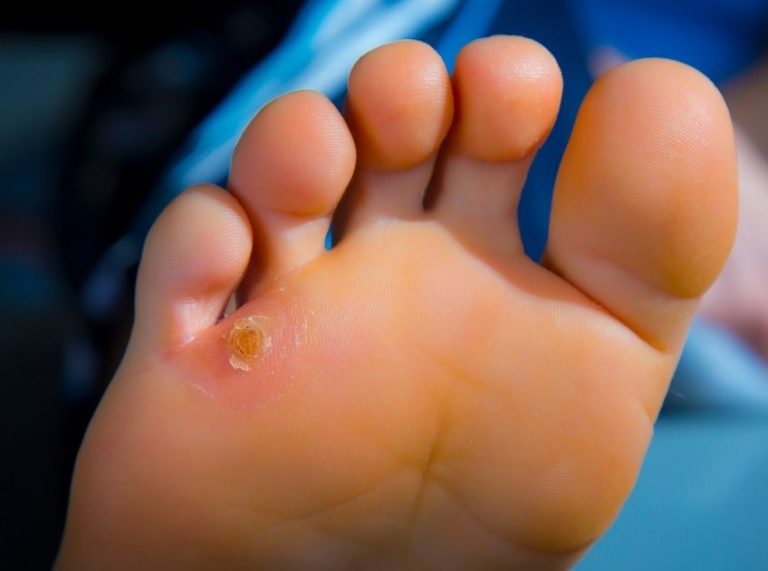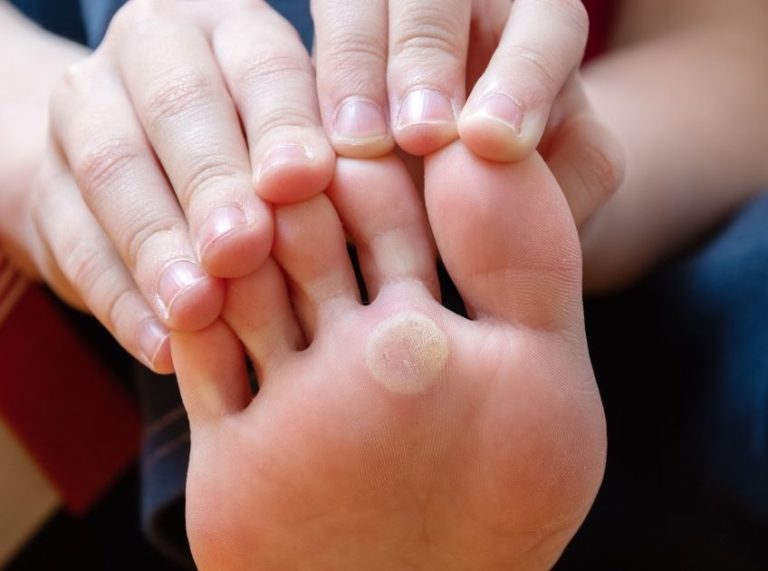
Important: This article is for informational purposes only. Please read our full disclaimer for more details.
So, you’ve been told you have osteoporosis, or maybe you’re just thinking about keeping your bones strong. Now what? Do you need to tiptoe around life, avoiding anything remotely active? Nope! In fact, staying active is one of the best things you can do. The trick is knowing how to move safely while still giving your bones the workout they need.
Why Movement Matters for Bone Health?
Your bones are constantly changing—breaking down and rebuilding. But as we get older, that process slows, and bones get weaker. The good news? Exercise can tell your bones, “Hey, we still need you!” and encourage them to stay strong. The key is choosing the right kinds of movements.
Not all exercise is good for osteoporosis, though. Some activities can actually increase your risk of injury, so let’s talk about what’s safe, effective, and easy to fit into your life.
The Best Exercises for Stronger Bones
Three main types of exercises help with osteoporosis: weight-bearing, strength training, and balance work.
1. Weight-Bearing Exercises (a.k.a. “Bone Builders”)

These are activities where you work against gravity while on your feet, helping to maintain and even build bone density. Some great options include:
- Walking – Simple, easy to do anywhere, and great for your bones. Try adding some hills or a faster pace for a challenge.
- Dancing – Who says exercise has to be boring? Put on some music and move—it’s great for your bones and your mood!
- Hiking – Uneven terrain makes your muscles and bones work harder (plus, fresh air doesn’t hurt!).
- Tennis or Pickleball – Quick movements and gentle impact keep your bones on their toes (literally!).
2. Strength Training (a.k.a. “Bone Tougheners”)

- Lifting weights isn’t just for bodybuilders – it’s actually one of the best ways to keep bones strong.
- Bodyweight Exercises – Squats, lunges, and push-ups work wonders.
- Resistance Bands – Easy on the joints but still super effective.
- Light Weights – Even small dumbbells help improve bone density, especially in the hips and spine.
3. Balance & Flexibility (a.k.a. “Fall-Proofing Moves”)

Falls are a big risk with osteoporosis, so improving balance is just as important as strengthening bones.
- Tai Chi – Slow, controlled movements improve stability and coordination.
- Yoga (Modified) – Great for flexibility, but be mindful of deep twists or forward bends that strain the spine.
- Heel-to-Toe Walks – A simple way to boost balance.
Getting Started (Without Overdoing It)
If you’re new to exercise or have osteoporosis, start slow. Your body will let you know what feels right—listen to it! And if you’re unsure, working with a physical therapist or trainer can help ensure you’re doing movements safely.
Keep Moving, Stay Strong
Having osteoporosis doesn’t mean you have to sit on the sidelines. Movement is one of the best tools you have. So, whether it’s a short walk, a light strength session, or a balance drill, keep at it—your bones will thank you!
You Might Also Like:
- The 5 Best Meniscus Tear Exercises To Reduce Pain
- 5 Easy Exercises for Knee Arthritis to Ease Your Pain
- 7 Best Exercises to Tone Your Legs
















